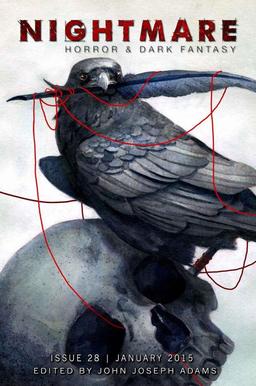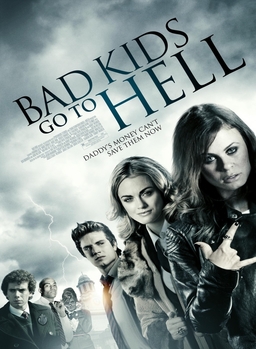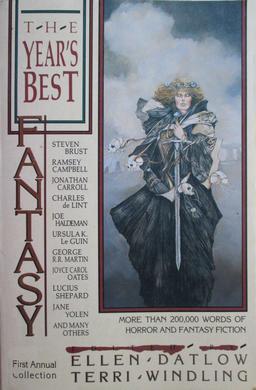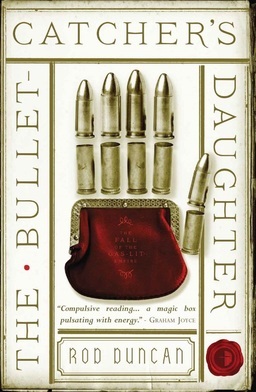The Omnibus Volumes of C.J. Cherryh, Part II
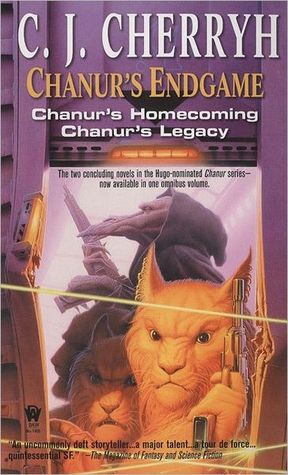 |
 |
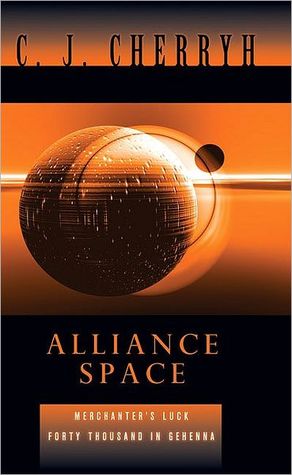 |
Last week I wrote the first installment of a three-part series looking at DAW’s ambitious program to bring some two dozen of C.J. Cherryh’s early fantasy and space opera novels back into print, The Omnibus Volumes of C.J. Cherryh, Part I. I looked at The Faded Sun Trilogy, The Morgaine Saga, and The Chanur Saga, published in January, March, and May of 2000, respectively.
In the Comments section of that article, Joe H. observed,
That first Chanur omnibus always confused me because it was functionally equivalent to putting The Hobbit, Fellowship and Two Towers into a single volume. And then you had that seven-year gap before the second Chanur omnibus was published…
Joe is quite correct. Chanur’s Homecoming, the fourth novel in the series, was in effect the conclusion of a trilogy which began in Chanur’s Venture and The Kif Strike Back. Readers coming to the novels for the first time with the first omnibus had to track down a copy of the final volume, or wait until it was collected with Chanur’s Legacy in the omnibus Chanur’s Endgame in 2007.
